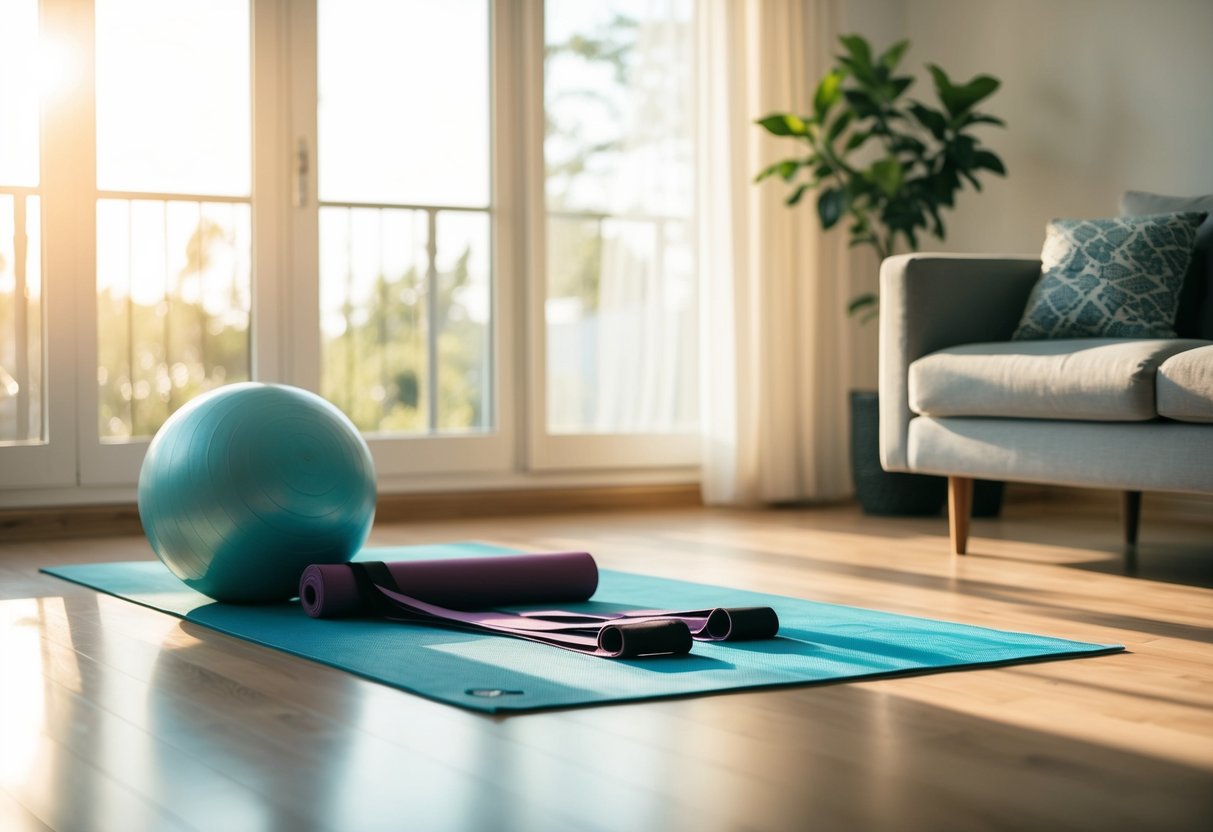Pilates Principles: DIY Home Routines for Core Strength and Flexibility
Improving Flexibility and Tone

Pilates is a powerful tool to enhance flexibility and tone the body. By incorporating a variety of exercises, individuals can effectively improve their overall mobility and achieve better muscle definition.
Exercises for Enhanced Flexibility
Flexibility is crucial for preventing injury and improving mobility. Pilates emphasizes the lengthening of muscles with a focus on controlled movements and precise technique. The Spine Stretch Forward and Saw are effective for increasing spinal flexibility, promoting healthy alignment and range of motion. By practicing these exercises, individuals can see improvements in flexibility, making daily activities more comfortable.
Consistent practice helps loosen tight muscles, particularly in the hips, hamstrings, and shoulders. The Rolling Like a Ball exercise encourages the spine’s fluidity, while also providing a gentle massage. These exercises play a critical role in a well-rounded Pilates routine, enhancing flexibility over time.
Achieving Muscular Tone
Building muscular tone is a core benefit of Pilates. Exercises like the Plank and Leg Pull strengthen and tone the abdominal and back muscles. These positions require balance and precision, engaging multiple muscle groups simultaneously.
The Swan Dive provides a focus on upper body strength, sculpting the back and shoulders. By integrating these into a routine, individuals target specific muscle groups for improved definition and strength. The emphasis on controlled movement ensures that the muscles are working effectively, which is key to achieving desired fitness goals.
Mastering Pilates Breathing Techniques
Breathing plays a crucial role in Pilates, aiding coordination and enhancing core strength. Mastery of these techniques improves circulation and promotes overall body control, contributing to greater flexibility and stability.
The Role of Breathing in Pilates
In Pilates, the breath drives movement, acting as a foundation for coordination. Practitioners often synchronize their breathing patterns with exercises to engage muscles more effectively. This approach not only enhances core strength but also supports better circulation throughout the body. The emphasis is on deep, controlled breaths, often inhaling through the nose and exhaling through the mouth, filling the lungs completely. Proper breathing helps activate the deep core muscles, promoting stability and precision in movements. By focusing on the rhythm of the breath, Pilates practitioners can improve mental focus and physical endurance. Breathing deeply reduces tension, encouraging relaxation and allowing for smoother, more fluid movement.
Exercises for Practicing Proper Breathing
Several exercises can help refine breathing techniques in Pilates. A common practice involves lying on the back in a neutral spine position, inhaling deeply to expand the rib cage, and exhaling fully while drawing the navel toward the spine. This practice engages the transverse abdominis, a critical component of the core. The Hundred is another exercise emphasizing breath, requiring continuous coordination of breathing with arm movements. Practitioners inhale for a set number of counts and exhale for an equal duration, maintaining steady breathing cycles. For those seeking to improve their technique, regularly incorporating these focused breathing exercises into Pilates routines can yield significant benefits in terms of core stability and overall performance. A dedicated practice enhances body awareness and control, contributing to improved posture and flexibility.



